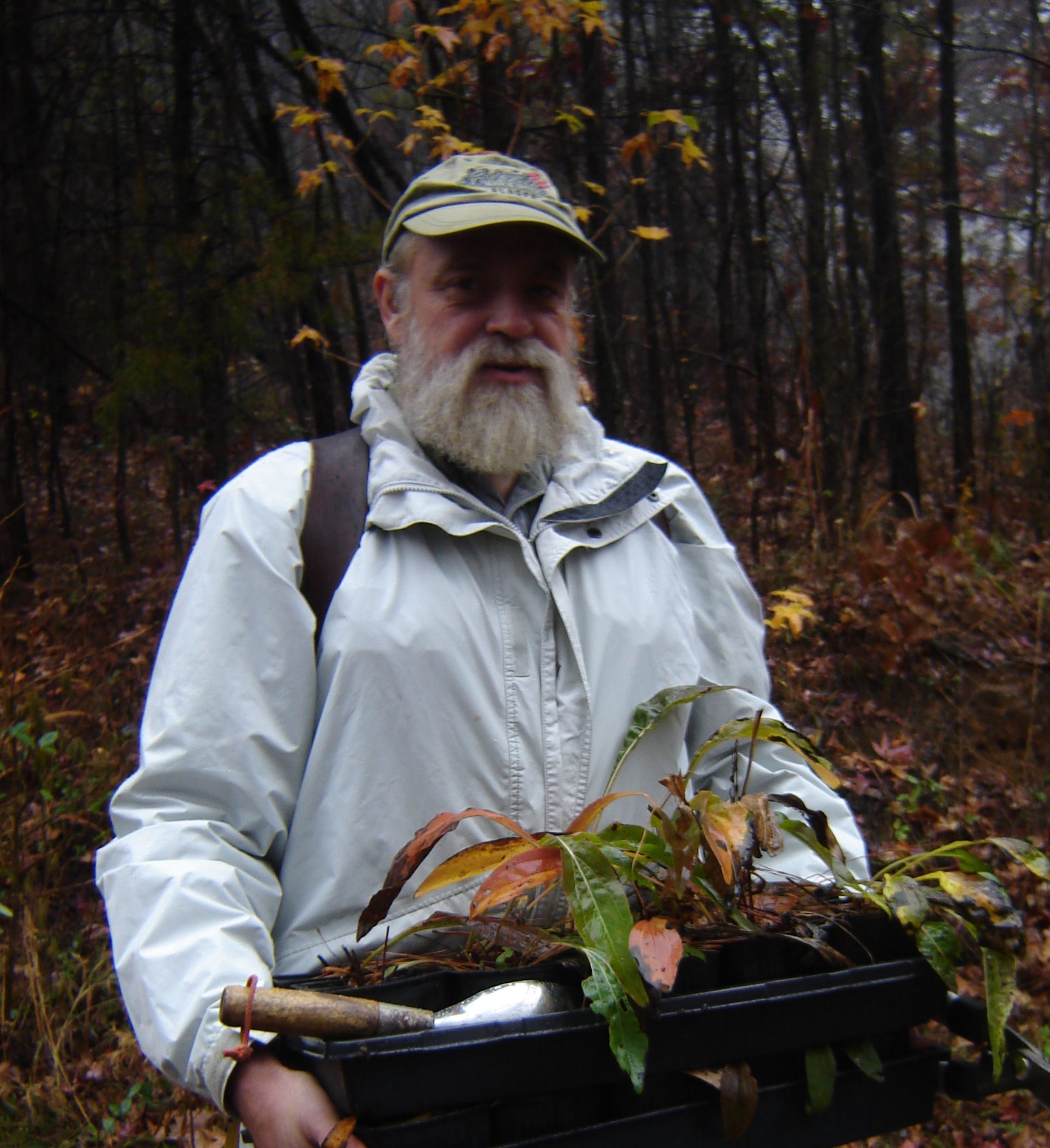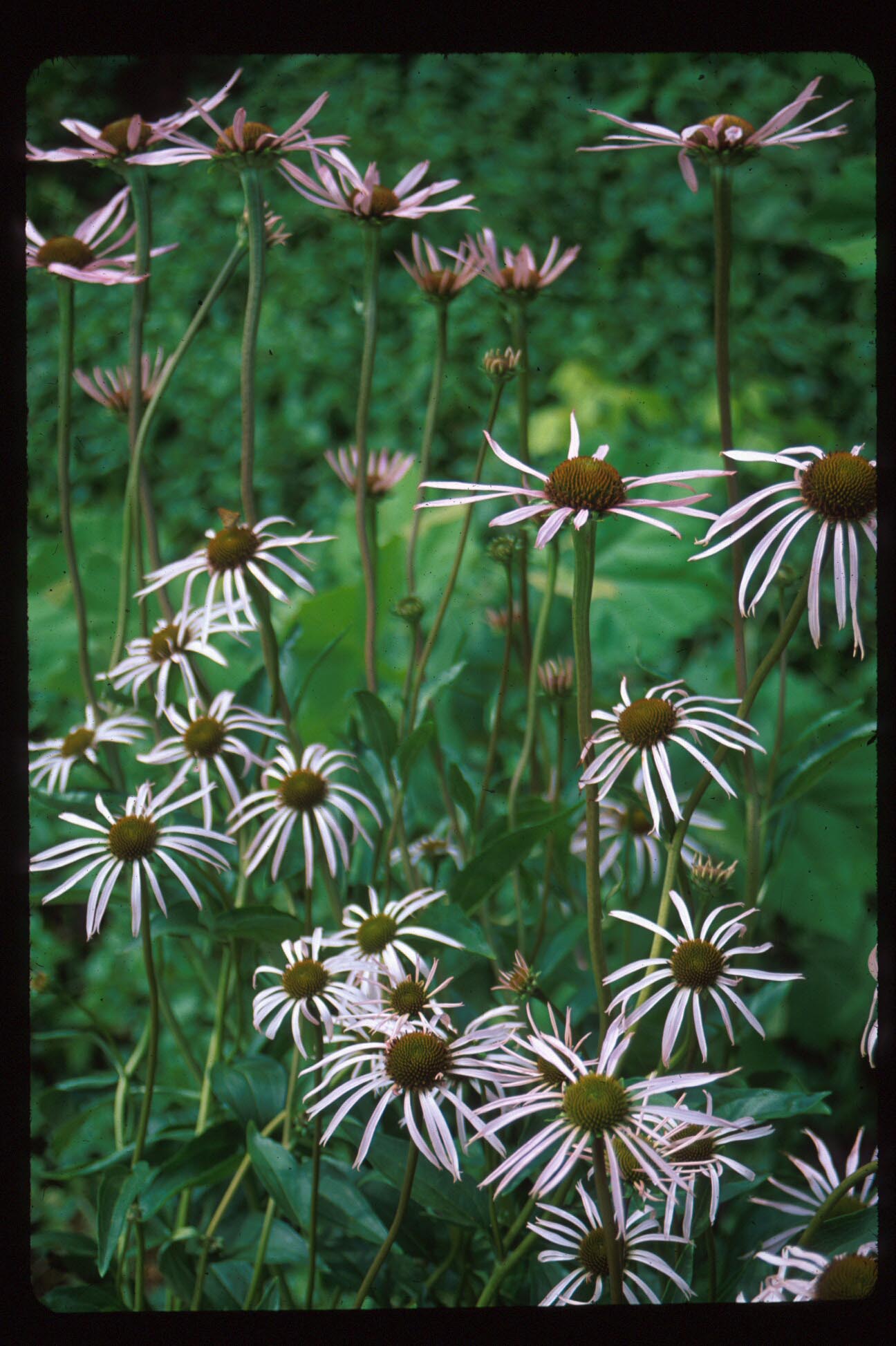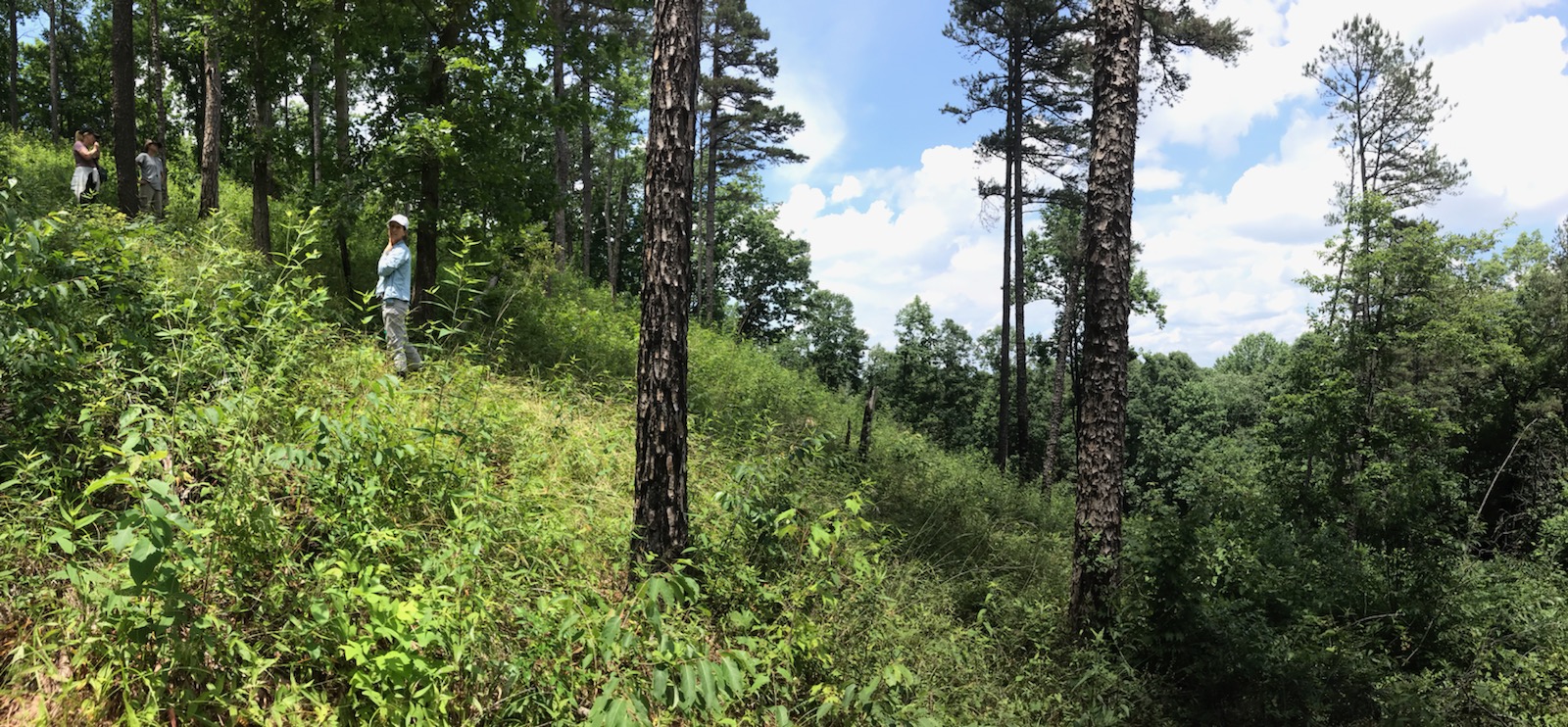Saving Smooth Coneflower in Oak-Hickory Glades in Georgia: A Twenty-Five Year Partnership
This year marks the twenty-five year anniversary of my love affair with smooth coneflower (Echinacea laevigata), a federally listed endangered wildflower endemic to the southeastern United States. I was introduced to smooth coneflower by the Georgia Plant Conservation Alliance (GPCA) as a beginning graduate student in horticulture. I needed a thesis project, and smooth coneflower needed help.
The GPCA is an influential network of conservation professionals who collaborate in hands-on rare plant conservation work. Founded in 1995, the GPCA took on smooth coneflower among their first priority projects. They chose to work on smooth coneflower, not only because it was in serious decline, but also because, for the first time, each of the key partners for its conservation were committed to work together. Landowners, restoration ecologists, forest managers, botanists, horticulturists, and permitting agents all sat around a table to devise a plan. They continue working together in this planning process for smooth coneflower, and many other species, to this day.
Smooth coneflower recovery in Georgia has been successful because of the strong partnerships between key organizations. Each partner contributes expertise that only they can provide. In the case of smooth coneflower, the US Forest Service owns and manages the land, the Department of Natural Resources Wildlife Conservation Section monitors the plant community’s response to the management, the State Botanical Garden of Georgia grows the plants, and Atlanta Botanical Garden (a fellow CPC Participating Institution) maps the plants and manages a database of many of our project records.
Helping a rare species recover from precipitous decline, as with smooth coneflower, requires the cooperation of different entities on several fronts. The first step with smooth coneflower was for the landowners, Georgia Power and the USDA Forest Service, to protect the existing populations from herbicide and road grading. Because it requires open sunny conditions, this special plant was only persisting on roadsides and power line rights-of-way where it was vulnerable to maintenance activities. But soon after smooth coneflower’s federal listing in 1995, both landowners designated the plant sites as special management areas, effectively protecting them from herbicide and grading damage.
Next, partners in the USDA Forest Service worked tenaciously to change forest management practices to return the plant community to its pre-Columbian condition, an Oak-Hickory Glade favored by smooth coneflower and many other plants unique to the habitat. The management regime includes judiciously removing trees to thin the canopy, eliminating shrubs, and implementing prescribed fire. The plant community restoration has been a slow process from our human perspective, but worth the effort and wait. Recently the plant community has begun to settle into a balanced grassland community, complete with a matrix of native grasses, and many prairie wildflower species like blazingstar (Liatris spicata), indian pink (Spigelia marilandica), square heads (Tetragonotheca helianthoides), wild quinine (Parthenium integrifolium), salvia (Salvia azurea), butterfly weed (Asclepias tuberosa), rattlesnake master (Eryngium yuccifolium), American aloe (Manfreda virginica), and with a little help, smooth coneflower.
-

James Sullivan, independent botanist, has been involved with smooth coneflower conservation since day one. Photo credit: Heather Alley, courtesy of SBGG. -

The extremely rare pine snake’s return to the region has been credited to the habitat restoration efforts implemented to support smooth coneflower. Here Clemson University graduate student Brian Hudson holds a male pine snake. Photo credit: Patrick Ceska. -

Field of smooth coneflower (echinacea laevigata). Photo credit: courtesy of State Botanical Garden of Georgia.
Meanwhile, the State Botanical Garden of Georgia has worked to increase the numbers of smooth coneflowers in each of the largest five populations. In initiating this process, I was recruited to research methods for reintroducing smooth coneflower into the wild. I was able to learn from expert conservation horticulturists at partner gardens: Atlanta Botanical Garden, North Carolina Botanic Garden, and the Chattahoochee Nature Center who had experience growing smooth coneflower. Atlanta Botanical Garden provided plant material for my research – saving me an entire growing season! My master’s thesis demonstrated that successful reintroduction of smooth coneflower was not only doable, but relatively easy compared to other plant species.
After completing my thesis I was no longer regularly involved with coneflower but I never forgot these special plants. Ten years after my experimental reintroduction, I was traveling in the area and decided to check to see if any of the smooth coneflowers still persisted. I was stunned to find the once bare ground blanketed in grasses and the smooth coneflowers – fully grown and heavy with flowers. I jumped back on the bandwagon, and have been growing crops of smooth coneflowers almost every year since then.
It is great to be back working with the dedicated group of partners. Our smooth coneflower team meets in the field every year to do maintenance, plant new individuals, and monitor. Many of us have been working together for decades now and we consider one another family.
